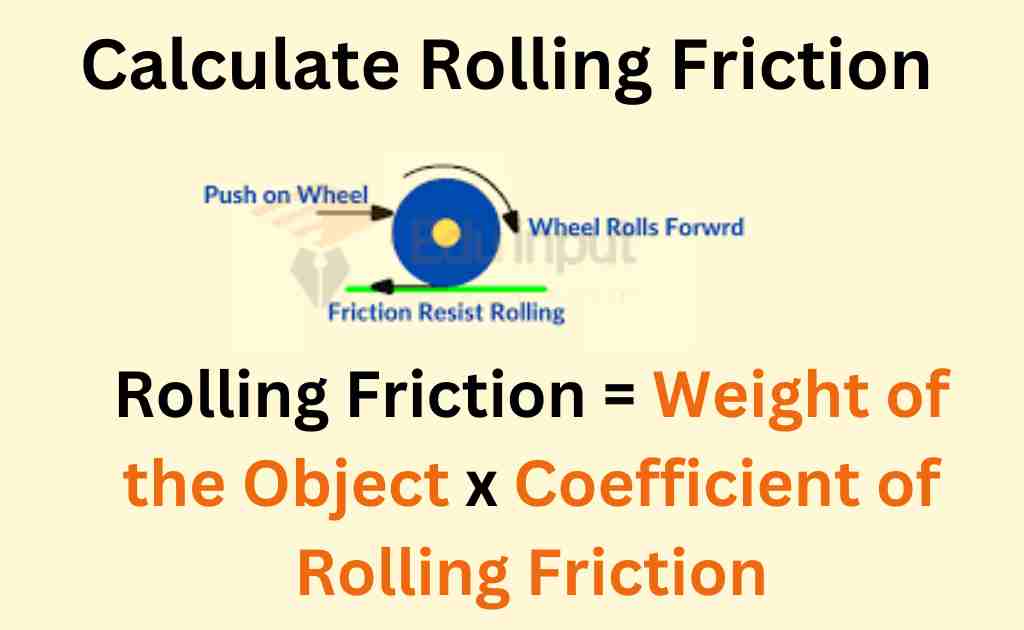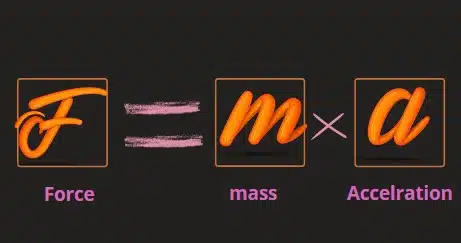How to calculate rolling friction?
Rolling friction can be calculated using a simple formula that takes into account the weight of the object and the coefficient of rolling friction for the materials involved. By understanding this formula and the factors that affect rolling friction, you can design more efficient and effective machines and vehicles that rely on rolling motion.

The formula is:
Rolling Friction = Weight of the Object x Coefficient of Rolling Friction
The weight of the object is simply the force exerted on the ground due to gravity and is measured in units of Newtons (N) or pounds (lbs).
The coefficient of rolling friction is a number that represents how much resistance there is to rolling motion between two surfaces. It is a dimensionless value, typically denoted by the symbol “µ”.
The coefficient of rolling friction varies depending on the materials involved and other factors like temperature and humidity. Generally, smoother and harder surfaces have lower coefficients of rolling friction, while rougher and softer surfaces have higher coefficients.
For example, the coefficient of rolling friction between a steel wheel and a concrete surface is typically around 0.02 to 0.03.
Example of how to calculate rolling friction:
Suppose you have a 500 N object with a coefficient of rolling friction of 0.02. The rolling friction can be calculated as follows:
Rolling Friction = Weight of the Object x Coefficient of Rolling Friction
Rolling Friction = 500 N x 0.02
Rolling Friction = 10 N
So in this example, the rolling friction between the object and the surface it’s rolling on is 10 N.
rolling friction can be calculated using a simple formula that takes into account the weight of the object and the coefficient of rolling friction.







Leave a Reply